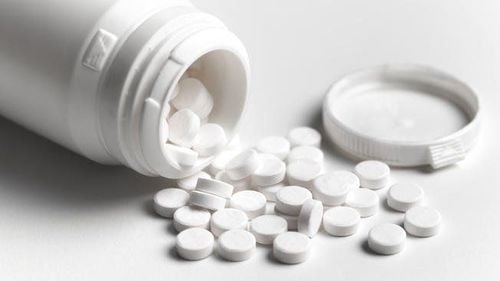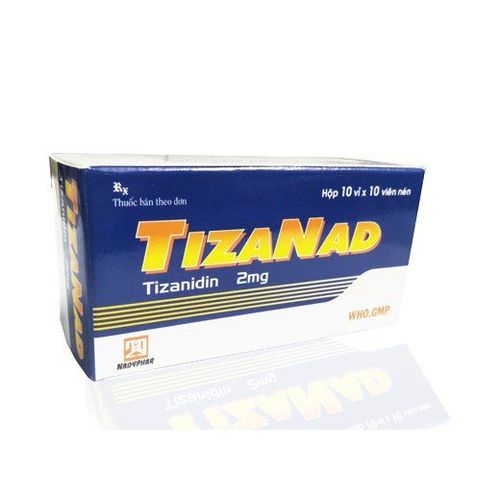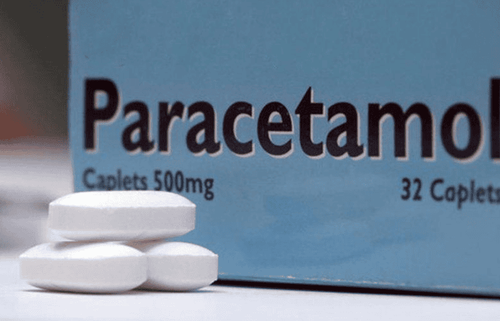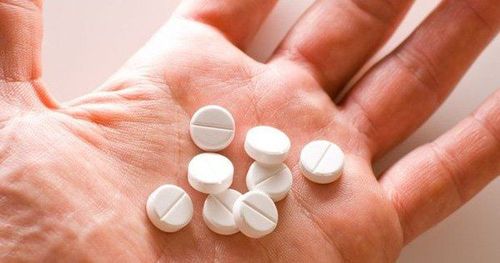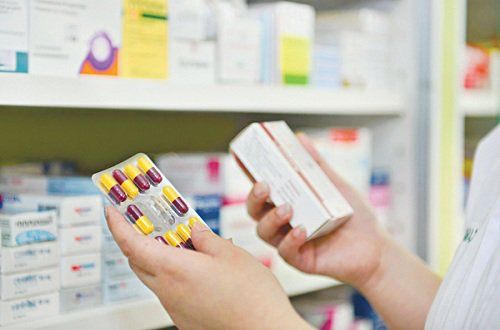This is an automatically translated article.
Article written by Pharmacist Duong Thu Huong - Vinmec Times City International General Hospital.
Muscle spasm is a phenomenon in which a muscle suddenly becomes uncontrollably tight. This phenomenon occurs when the muscle is under constant tension for a long time, dehydration, and electrolyte imbalance. Muscle spasms are often sudden, short-lived, and painful for the patient.
1. Muscle spasms, when to take pain relievers
When you have muscle spasms, your doctor may prescribe pain relievers along with muscle relaxants to help improve symptoms. Pain relievers do not essentially relax the muscles, but only improve pain caused by overstretching.
Depending on the level of pain, the doctor may prescribe different types of pain relievers. Pain relievers for muscle relaxants are divided into 3 main groups, namely paracetamol, non-steroidal anti-inflammatory drugs (NSAIDs) and narcotic pain relievers (Opioids). Your doctor may combine pain relievers from different groups to increase their effectiveness and reduce the side effects of each.
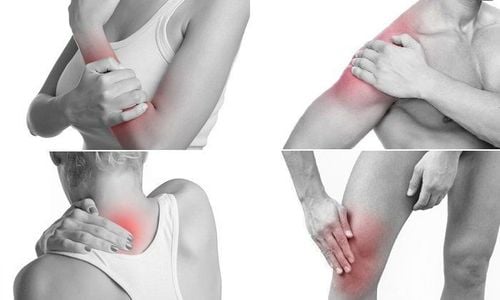
Co thắt cơ gây ra các cơn đau
2. Pain relievers
Paracetamol Paracetamol (brand name: Tylenol, Hapacol, Panadol...): is a basic pain reliever used in cases of mild and moderate pain. Paracetamol is quite safe and has fewer side effects than other pain relievers, but it should be noted that you should not increase the dose of paracetamol without consulting your doctor/pharmacist. An overdose of paracetamol can lead to irreversible liver damage.
Non-steroidal anti-inflammatory drugs (NSAIDs) NSAIDs (Gofen, Mobic, Arcoxia...): are used in case of moderate and severe pain. In addition to pain relief, NSAIDs also have anti-inflammatory effects. NSAIDs have stronger analgesic effects than paracetamol, but have more adverse effects on the cardiovascular and digestive system. Therefore, you need to provide a complete medical history related to the gastrointestinal tract and heart to the doctor before using NSAIDs.
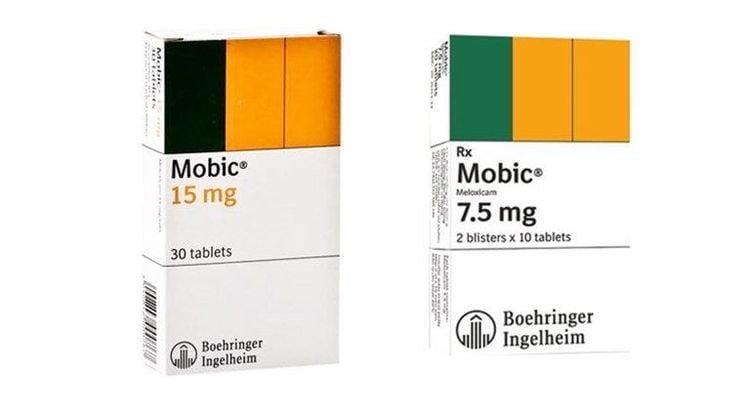
Thuốc Mobic
Narcotic analgesics Narcotic analgesics (Tramadol, Codein, Oxycontin) are rarely used to relieve pain caused by muscle spasms and are only used in cases of severe to very severe pain. These drugs have the strongest analgesic effect of the three groups, but their use is limited by many side effects such as nausea, constipation and addiction. Especially when used together with muscle relaxants, narcotic analgesics increase the risk of respiratory depression which can lead to death. Therefore, opioids should be used only in cases of absolute necessity, under strict supervision. Regular follow-up from doctor/pharmacist. In case of unconsciousness or respiratory failure caused by the use of opioids, contact a doctor immediately.
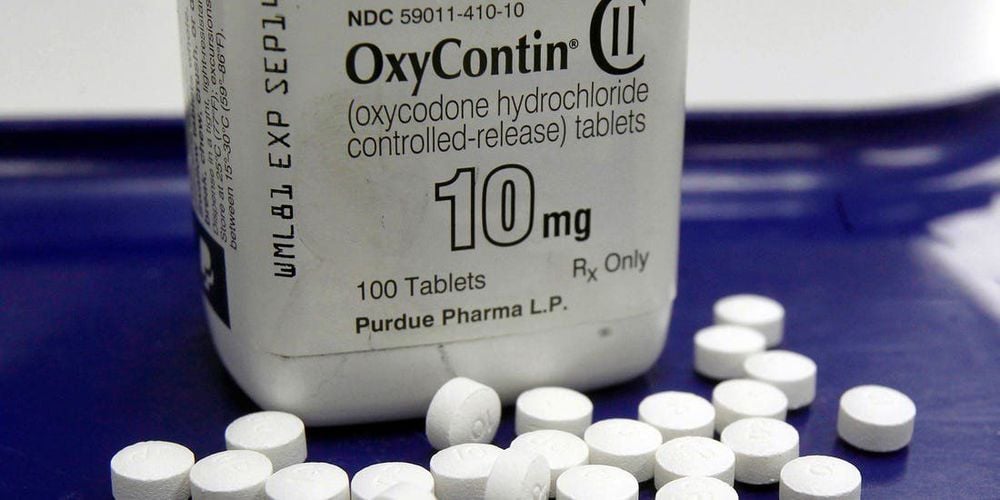
Thuốc Oxycontin
Stretching and gentle massage: Stretching the muscle spasms and gently massaging the muscles to relax and recover quickly. or cold compress: Using a warm towel, plaster on the spasm site or taking a hot bath can help improve muscle spasms. In addition, applying ice at the site of muscle contraction also helps reduce pain.
Please dial HOTLINE for more information or register for an appointment HERE. Download MyVinmec app to make appointments faster and to manage your bookings easily.




